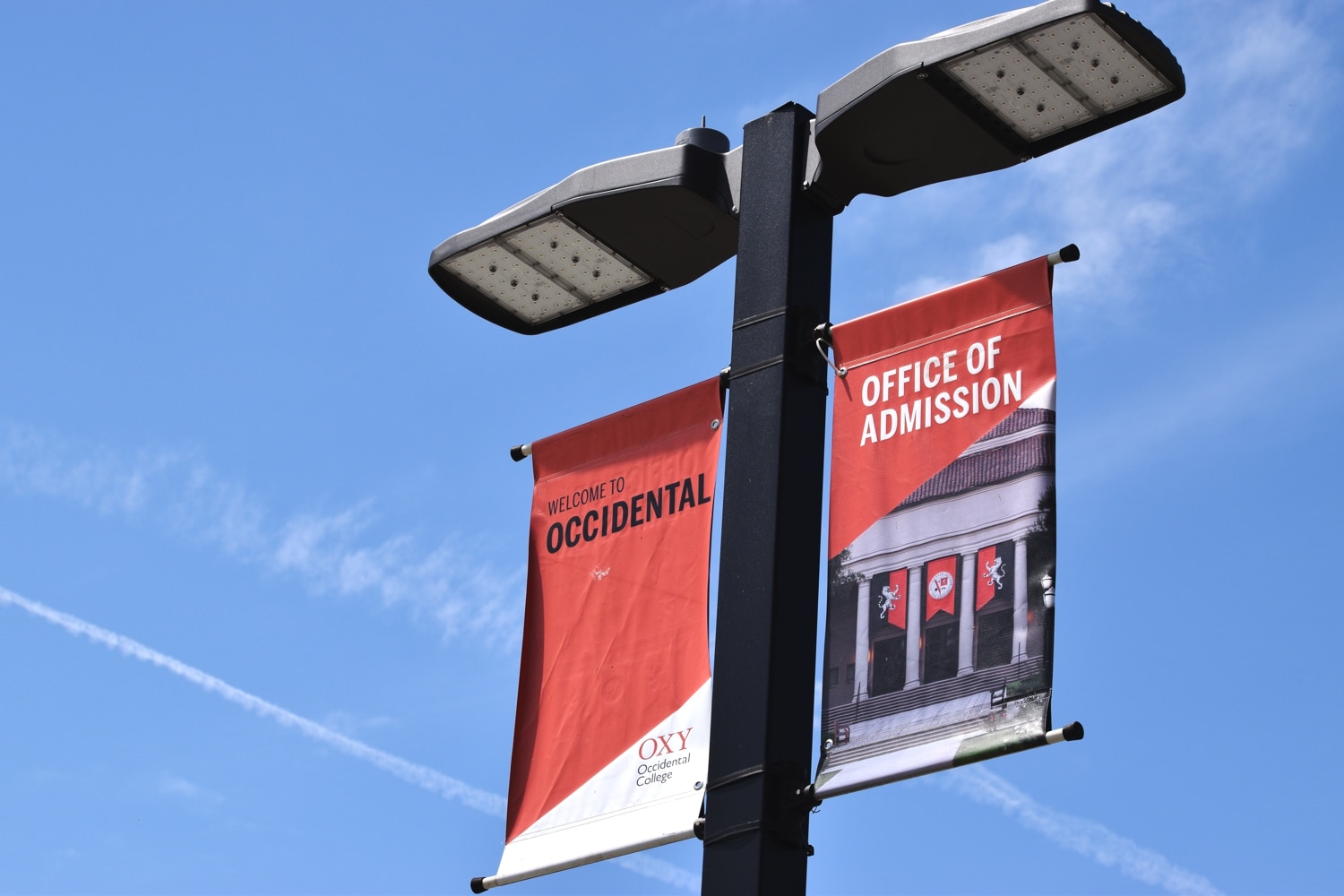Disaster struck over the normally quiet Washington, D.C. airspace Jan. 29 when American Airlines Flight 5342 collided with a U.S. Army Black Hawk helicopter, killing all 64 people on board the plane and all three soldiers on the helicopter. It was the first time a U.S. commercial flight had crashed in 16 years, and the event was considered the deadliest air disaster in nearly 25 years. With mass panic and confusion surrounding one of the biggest disasters in aviation history, people turned to the newly elected Trump administration in hopes that some clarity could be achieved.
Unfortunately, the administration’s response arguably muddled the situation further. President Donald Trump quickly shifted blame to his predecessor, former President Joe Biden, claiming that Biden and former President Barack Obama had knowingly hired employees with severe intellectual difficulties to the Federal Aviation Administration (FAA) workforce. According to Trump, the previous administrations had lowered hiring standards at the agency in service of DEI — an equal opportunity framework that Trump has worked to dismantle since returning to office. Many former FAA workers rejected Trump’s claim, citing that recruiting tactics were majorly unchanged during the first Trump administration and claiming that the administration had never relaxed its standards in order to meet a diversity quota.
Messaging within Trump’s own camp was conflicted as well, as Vice President J.D. Vance seemingly backtracked Trump’s words during a FOX News interview. Days later, Trump switched his target to air traffic control infrastructure he claimed was outdated, suggesting that the system be completely overhauled. Secretary of Transportation Sean Duffy expressed a similar sentiment, claiming that he sought to swiftly rebuild the FAA’s systems with the help of Elon Musk. While Musk himself has expressed interest in reforming U.S. aviation infrastructure through the Department of Government Efficiency (DOGE), there are no concrete plans for a full-scale restructuring of the FAA system. It also remains to be seen whether or not Musk will be in charge, as Musk and his DOGE team appear to be more focused on dismantling the current government workforce before working to rebuild the agencies they have gutted.
Despite the constant hum regarding a possible dismantling of the FAA and air traffic control systems, Duffy has continued to assure Americans that flying within the country is safe. In fact, Duffy stated that he does not believe that the crash was caused by a miscommunication between the aircraft and helicopter pilots and proclaimed that the event itself was preventable. While Duffy has affirmed his confidence in U.S. aerospace safety, recent events have left the general public in a far more anxious state.
The question remains: statistically, is it safe to fly? The numbers suggest that it is. Between Dec. 30 last year and today, over 6 million scheduled flights have taken place. Of those flights, the National Transportation Safety Board (NTSB) has recorded 101 accidents globally, the majority of which were non-fatal. This places the percentage chance of being in an accident at approximately 0.00002 percent. Overall, the number of crashes per month has been decreasing. The figures support Duffy’s stance, and relevant NTSB preliminary reports suggest that a miscommunication between the air traffic control and the Blackhawk likely contributed to the collision.
It is important, however, to understand that miscommunication is not the final cause, nor is it likely to be the sole factor behind the incident. Accidents don’t just happen for a single reason. In aviation, a popular model to imagine this is the Swiss-Cheese Model. All accidents or incidents are like stacks of Swiss cheese. For the event to occur, one hole on every slice of the entire stack of cheese must align. Right now, what we are seeing is a lot of arrows passing through a considerable amount of cheese.
In the case of collision-based incidents, coverage and scrutiny of Air Traffic Control usually increase. In the U.S., air traffic control doesn’t hire after 31, unless you are ex-military and have experience with aviation. The position is so high stress, retirement is enforced at age 56. Despite this, it can take 3 years on average to train a controller adequately to join the workforce long-term. Despite the varying opinions on who is responsible for weakening air traffic control, the truth is that air traffic control staffing has been in decline for years. This is not from some nebulous policy that resulted in a rapid decline, rather, in the interest of safety, it has simply become more difficult to become a controller. Regardless of how dire it sounds, the FAA is actively simplifying the application process to increase the workforce, and the U.S. has been working with a reduced air traffic control workforce while avoiding major incidents for over 15 years. Even using outdated systems, U.S. aviation has remained safe, and there remains great potential for increasing safety.
Apart from appreciating how the political climate influences the hiring and resources allocated to aviation, transportation safety should not be a contentious issue. We hope that regulatory authorities prioritize the outcomes of official investigations above those of shareholders or politicians.
Ultimately, the key point is to treat all these speculations regarding the cause with a degree of skepticism. It is perilous to allow speculation to overshadow the final report from the NTSB. The consequence of this? Authorities and companies may potentially disregard or accept the speculation, thus putting lives at risk for a quick fix. Flying remains statistically the safest mode of travel, so we should trust our air traffic controllers and pilots who have the necessary training to manage any potential issues that may arise.
Contact Mac Ribner at ribner@oxy.edu and Levi Lee at leev@oxy.edu
![]()



































